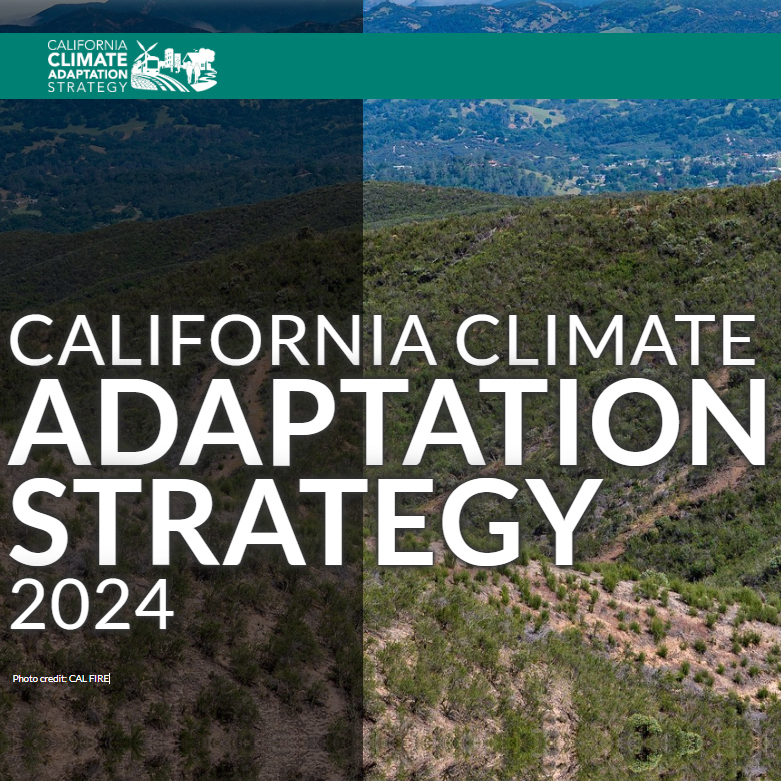Governor Newsom Unveils California’s Updated Climate Adaptation Strategy
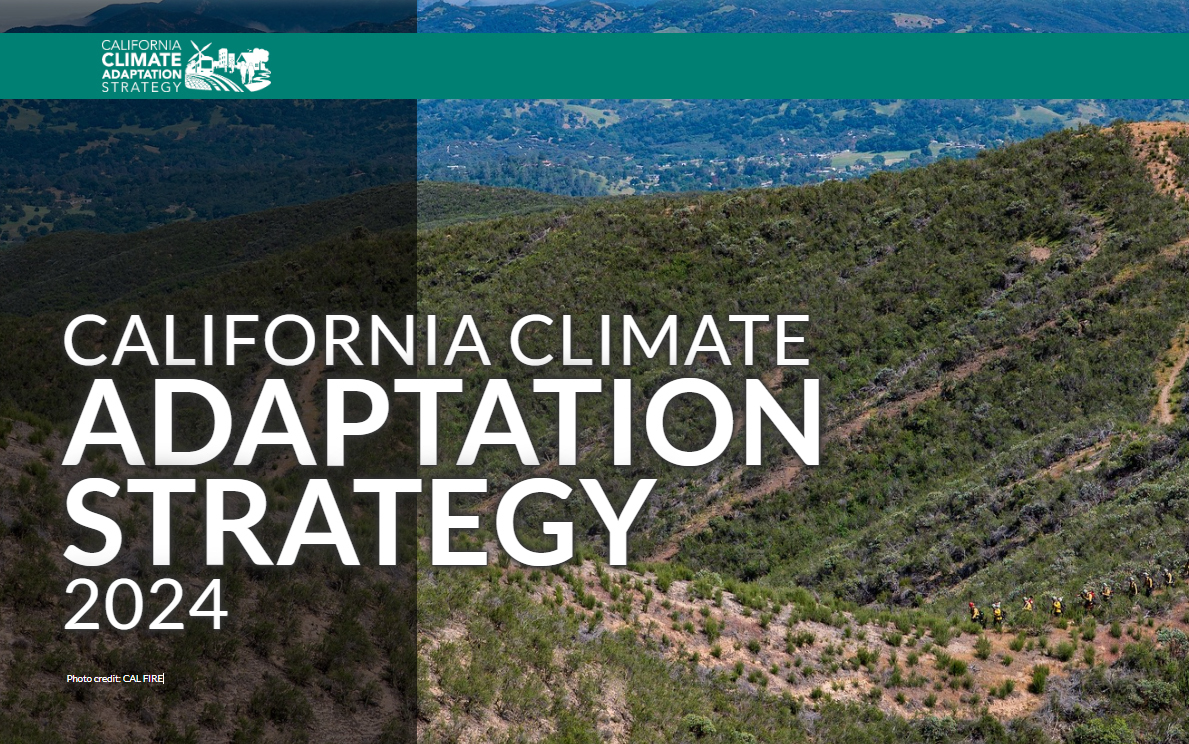
Governor Newsom Unveils California’s Updated Climate Adaptation Strategy
September 4, 2025 – Governor Newsom unveiled California’s updated Climate Adaptation Strategy — the state’s overarching framework to better protect communities and nature from dangerous climate impacts. California last updated the Strategy in 2021. The updated strategy sets strategic direction through six priorities:
- Protecting communities most vulnerable to climate change
- Improving public health and safety to protect against increasing climate risk
- Building a climate-resilient economy
- Expanding nature-based climate solutions and strengthening the resilience of natural systems
- Making decisions based on best available climate science
- Partnering and collaborating to leverage resources
These priorities are supported by cross-cutting climate resilience actions, each with associated success metrics. The strategy aligns with and builds on the goals set forth by California’s Wildfire and Forest Resilience Action Plan and includes the following actions specific to wildfire resilience:
- Prioritize actions that reduce wildfire risks to California Native American tribes and climate vulnerable communities.
- Support wildfire-prone communities by increasing the capacity of local and regional partnerships to build and maintain a pipeline of forest health and fire prevention projects.
- Invest Community Development Block Grant Disaster Recovery funds in long-term disaster recovery and resilience building that targets the unmet housing recovery needs of low and moderate-income households in a way that mitigates disaster risk and reduces future losses among vulnerable communities.
- Reduce health impacts of wildfire and prescribed fire smoke.
- Reduce the risk of energy infrastructure-related ignitions that lead to catastrophic wildfire.
- Bring to scale a thriving forest and wood products market in California that leverages public investments by energizing private capital for sustainable forest management, regional economic recovery, and climate resilience.
- Increase the pace and scale of wildfire resilience and forest health projects.
- Reduce risks of wildfire through increased use of fuel breaks and fuels reduction.
- Assist the federal government in scaling up forest treatments by supporting collaborative forest management and encouraging landscape level planning.
- Coordinate and guide prescribed fire and cultural fire activities and address the key barriers to its widespread use in California.
- Expedite permitting processes for wildfire and forest resilience projects using exemptions or the California Vegetation Treatment program.
- Invest in science-based management focused on climate resilience of California’s fire adapted landscapes.
- Improve wildfire smoke guidance for schools, children, and other vulnerable populations. Develop outreach materials for health care providers and the public on wildfire smoke health effects and ways to decrease exposure.
- Collaborate with federal, state, tribal, and private partners to increase pace and scale of restoration of fire-adapted lands and maximize the climate resilience benefits of these treatments.
- Leverage federal funding to support fire-hardening roads and communities.
CAL FIRE Awards Nearly $10 Million to Support Tribal Wildfire Resilience and Boost Forestry Workforce
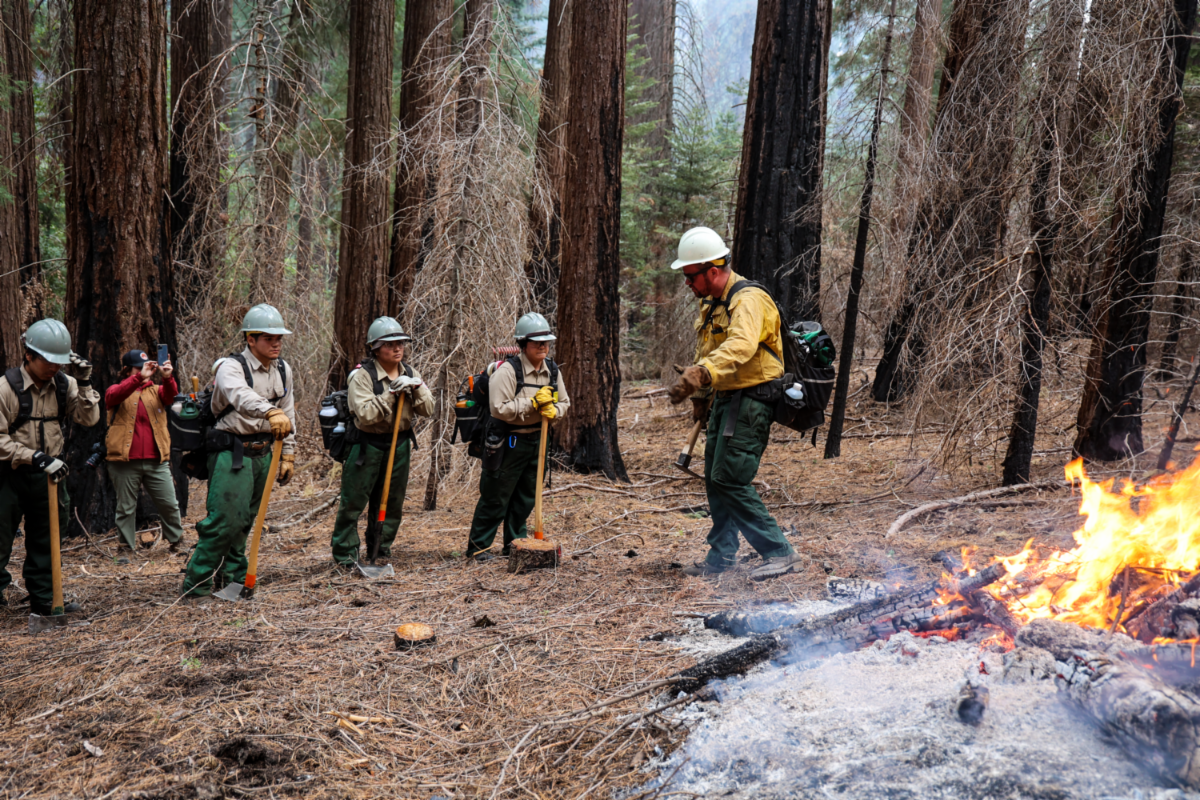
CAL FIRE Awards Nearly $10 Million to Support Tribal Wildfire Resilience and Boost Forestry Workforce
August 1, 2025 – CAL FIRE awarded nearly $4.7 million through its Tribal Wildfire Resilience Program to support six tribes and tribal non-profits in implementing projects on tribal, federal, and private lands. These grants focus on cultural fire, workforce training, fuels reduction, reforestation, land stewardship, and other efforts that promote wildfire resilience and safety for tribal communities. The funding also supports the use and promotion of Traditional Ecological Knowledge to help California Native American tribes manage their ancestral lands.
August 18, 2025 – CAL FIRE announced $5 million in grant funding through its Business and Workforce Development Grant program to eight projects that will create jobs, train future forestry workers, and help small businesses expand their role in protecting California’s forests and communities from wildfire. Together, these eight projects will train more than 300 people, create or retain dozens of jobs, and increase the capacity to treat thousands of acres per year.
New Outreach Efforts Bring Attention to Wildfire and Forestry Careers
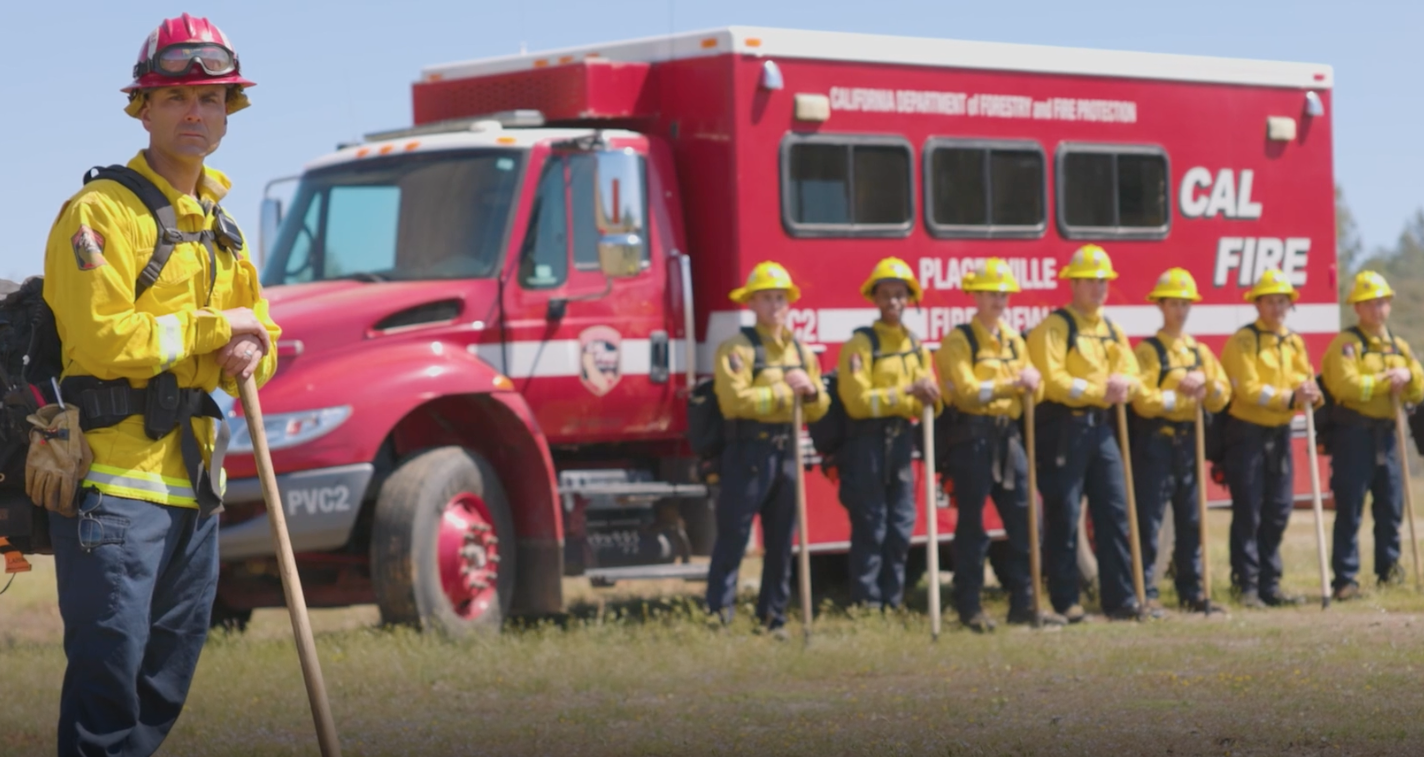
New Outreach Efforts Bring Attention to Wildfire and Forestry Careers
June 11, 2025 – CAL FIRE Launches JoinCALFIRE.com with Comprehensive Information on the Department’s Career Paths:
Key features of JoinCALFIRE.com include: streamlined application paths for both entry-level and advanced positions; detailed job requirements, training information, and career progression insights; a calendar of statewide job fairs and hiring events; and direct access to applications and recruiter information.
The Foundation for California Community Colleges Hosts Climate Futures Webinar Series and Wins a Telly:
- The Foundation for California Community Colleges (FoundationCCC) and Community College Research Center is hosting a webinar series on “Community Colleges and Climate Futures.” The series is exploring how students can be prepared to contribute meaningfully to sustainable local economies and what role colleges can play in strengthening partnerships with businesses to foster climate adaptation. Webinars held February 25, April 8, and June 17 were recorded an are available online and registration for the August 12 webinar is open. The series will culminate with the Community College Climate Summit, September 29-30 in Anaheim.
- The FoundationCCC’s “Resilient Careers in Forestry Campaign” commercial won a bronze award in the 2025 Telly Awards. In partnership with the FoundationCCC California Resilient Careers in Forestry is leading a multifaceted communications effort designed to motivate individuals to pursue careers in forestry, wildland firefighting, and forest operations, and connect them to the training and education pathways best suited to their individual needs and career goals.
Senator Padilla and Western Senators Introduce Fix Our Forests Act to Reduce Wildfire Risk
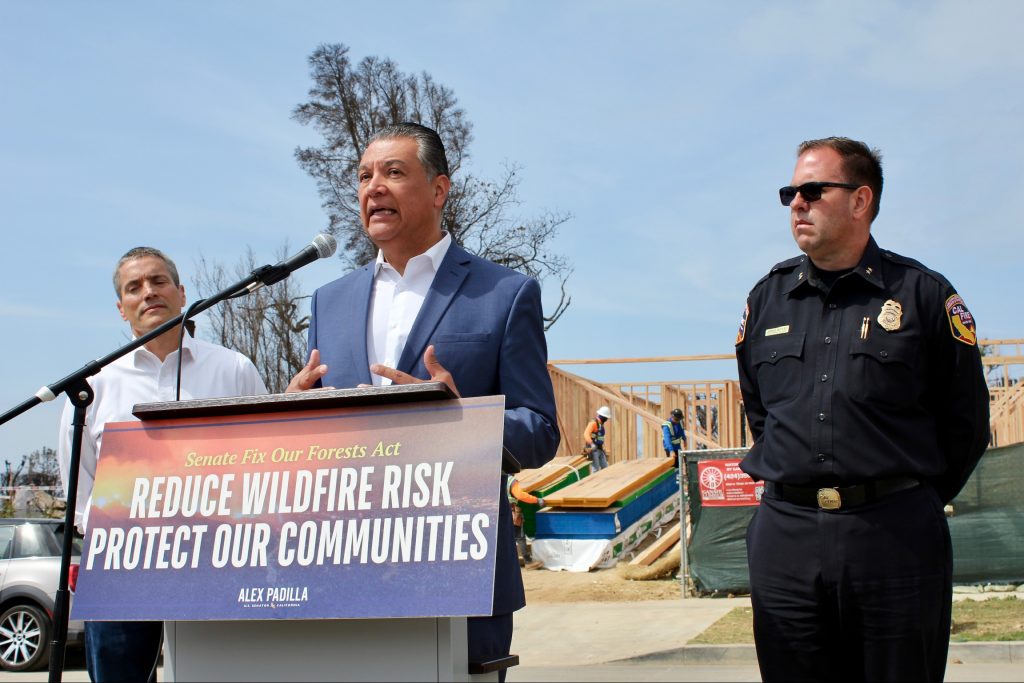
Senator Padilla and Western Senators Introduce Bipartisan Fix Our Forests Act to Reduce Wildfire Risk
April 11, 2025 – U.S. Senator Alex Padilla (D-Calif.), co-chair of the bipartisan Senate Wildfire Caucus and Senators John Curtis (R-Utah), John Hickenlooper (D-Colo.), and Tim Sheehy (R-Mont.) introduced the Fix Our Forests Act. This bipartisan legislation aims to combat catastrophic wildfires, restore forest ecosystems, and make federal forest management more efficient and responsive. The bill reflects months of bipartisan negotiations to find consensus on how to best accelerate and improve forest management practices, streamline environmental reviews, and strengthen partnerships between federal agencies, states, tribes, and private stakeholders. Key provisions specific to California include:
-
- Establishing a Wildfire Intelligence Center to serve as a national hub for wildfire intelligence, prediction, coordination, and response. This joint office would be comprised of the Departments of Agriculture, the Interior, and Commerce that is modeled after the National Weather Service. The center would modernize and unify wildfire management by leveraging real-time data, science, and interagency collaboration to better prepare for wildfires, assist with decision-support during a crisis, inform recovery, and streamline federal wildfire response.
-
- Establishing an interagency program to coordinate federal wildfire risk reduction efforts across 10 federal agencies through research, development of fire-resistant construction standards, hazard mitigation, and public-private partnerships. The program would provide a uniform application for multiple wildfire-related grants, streamline technical assistance, and mandate coordination with non-federal stakeholders.
-
- Increasing the use of prescribed fire on both federal and non-federal lands by prioritizing large, cross-boundary projects near wildland-urban interfaces, Tribal lands, high-risk fire zones, or critical habitats. It also strengthens the prescribed fire workforce by streamlining supervisory certification requirements and enhancing interoperability between federal and non-federal practitioners.
-
- Allowing electric utilities with permits or easements on National Forest System or BLM land to cut and remove vegetation near power lines without requiring a separate timber sale (if done in compliance with applicable plans and environmental laws). If the vegetation is sold, proceeds must be returned to the federal government.
-
- Streamlining land management projects by authorizing emergency authorities to increase the pace and scale of wildfire risk reduction projects on federal land. It includes appropriate guardrails to avoid abuse of these authorities and prohibits using emergency authorities for projects not aimed primarily at reducing wildfire risk or protecting communities. This would Increase the acreage limit of streamlined projects for wildfire resilience projects, fuel breaks, and insect and disease projects from 3,000 acres to 10,000 acres.
California Passes Proposition 4 — Providing $1.5 Billion for Wildfire Resilience
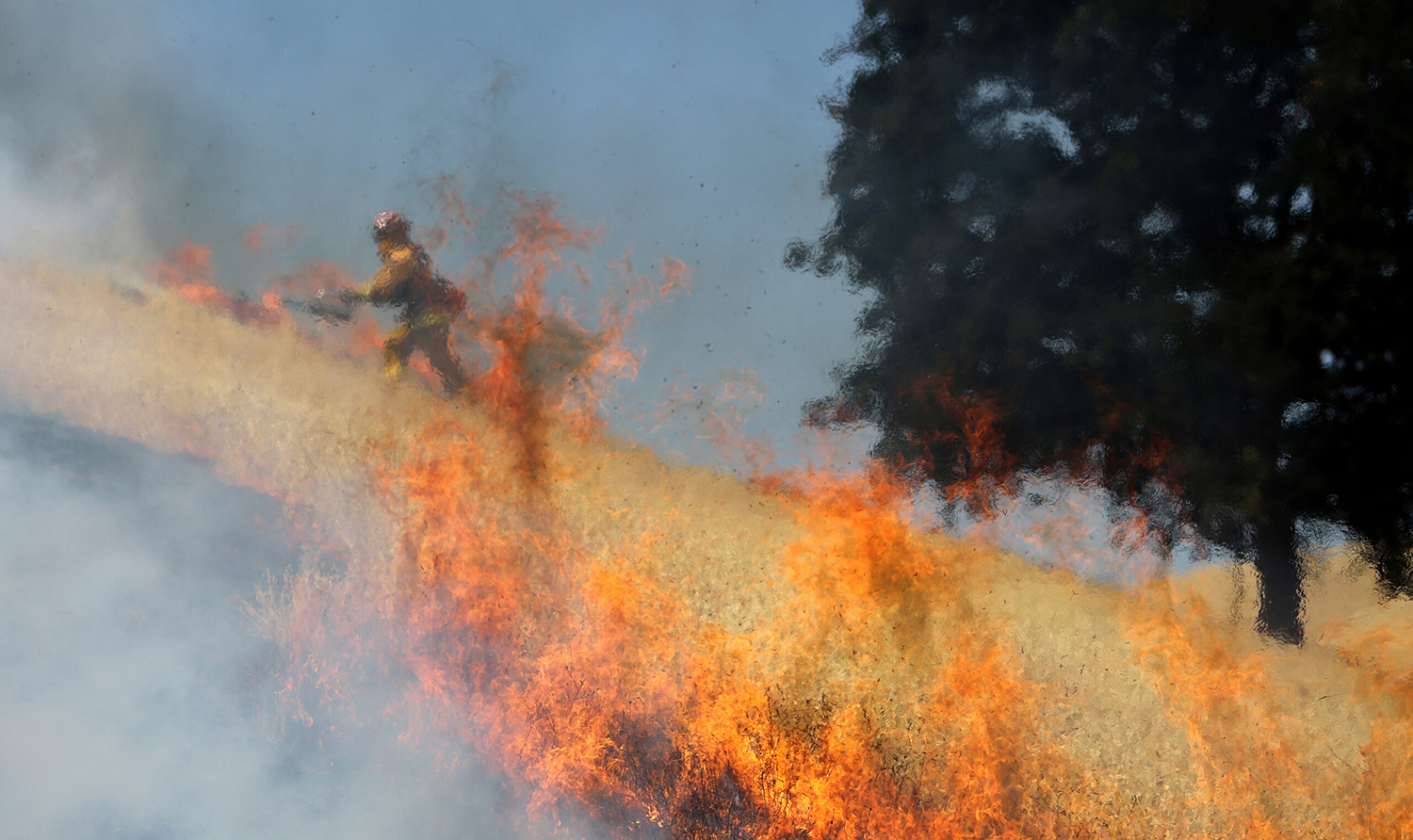
California Passes Proposition 4 — Providing $1.5 Billion for Wildfire Resilience
November 5, 2024 – Californians passed Proposition 4, the first-ever climate bond to go before California voters. The proposition provides $10 billion in bond funds for critical wildfire, flood protection, and other climate resilience projects around the state, including $1.5 billion for wildfire resilience. This funding will enable agencies to improve landscape health and resilience and protect communities from wildfire risks through programs such as the Regional Forest and Fire Capacity Program. The funding also includes $50 million for long-term capital infrastructure projects that utilize wildfire mitigation waste for non-combustible uses.
In addition to funding wildfire resilience, $1.2 billion will be used to protect natural lands and preserve biodiversity, with $870 million directed to the Wildlife Conservation Board to help the state to meet its goal to protect 30% of lands by 2030. The approval of Proposition 4 is a major advancement for California’s efforts to increase the pace and scale of wildfire and landscape resilience treatments, adapt to a changing climate, and reach goals set in the California’s Wildfire and Forest Resilience Action Plan.
California IBank Invests $25M in Wildfire Innovation Fund
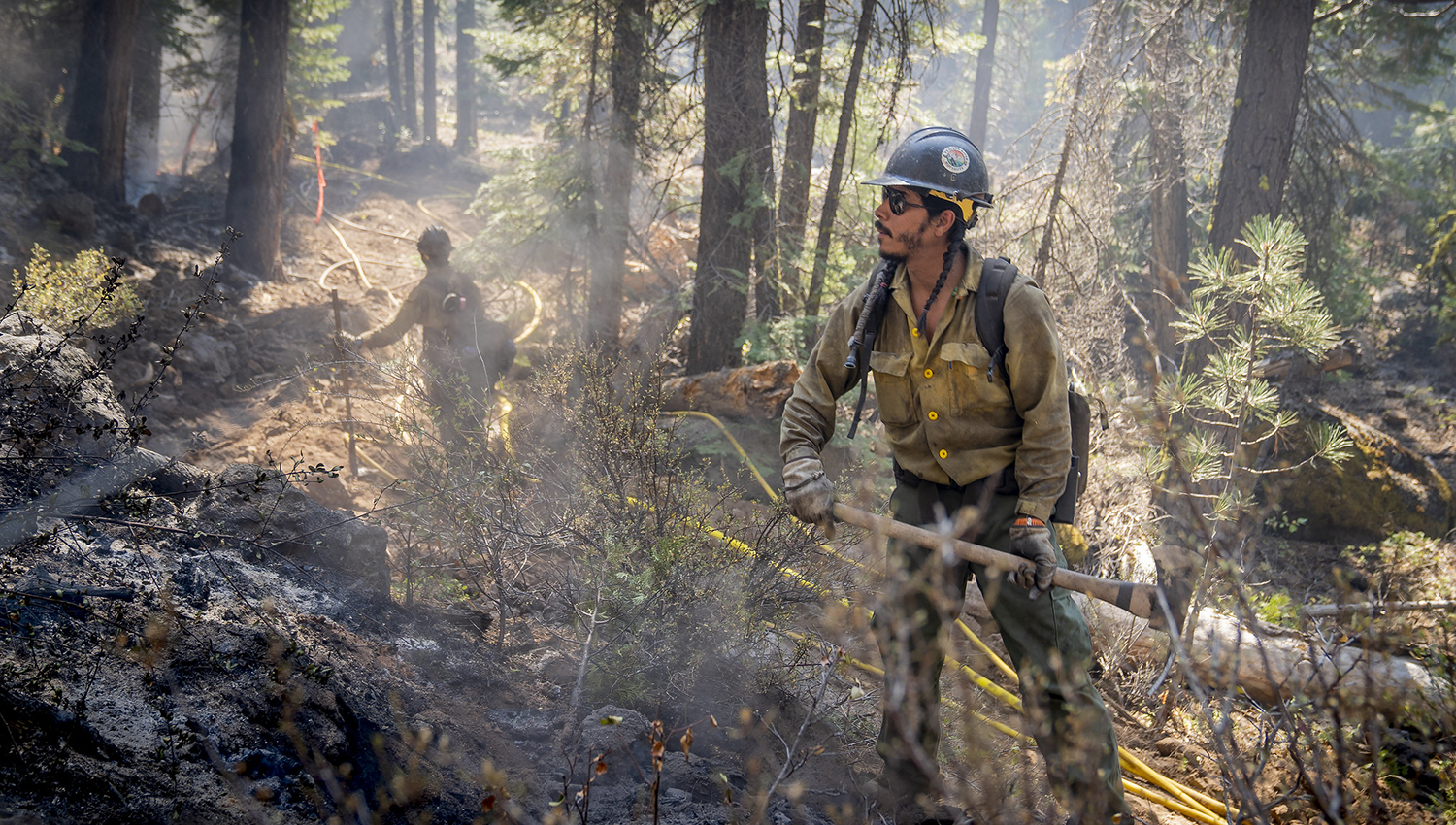
California IBank Invests $25M in Wildfire Innovation Fund
September 3, 2024 – California’s Infrastructure and Economic Development Bank (IBank) announced $25 million from the Climate Catalyst Revolving Loan Fund will be invested in the California Wildfire Innovation Fund to reduce wildfire risk. Funds will be used to restore California forests, improve forest health, and put new biomass technologies to work.
The California Wildfire Innovation Fund is managed by Blue Forest, a conservation finance non-profit that supports entrepreneurs and companies working toward forest restoration and economic revitalization.
The fund offers flexible, low-cost financial support for emerging opportunities across California’s forest restoration and wood utilization sectors.
U.S. Forest Service Announces Funding to Reduce Wildfire Risk
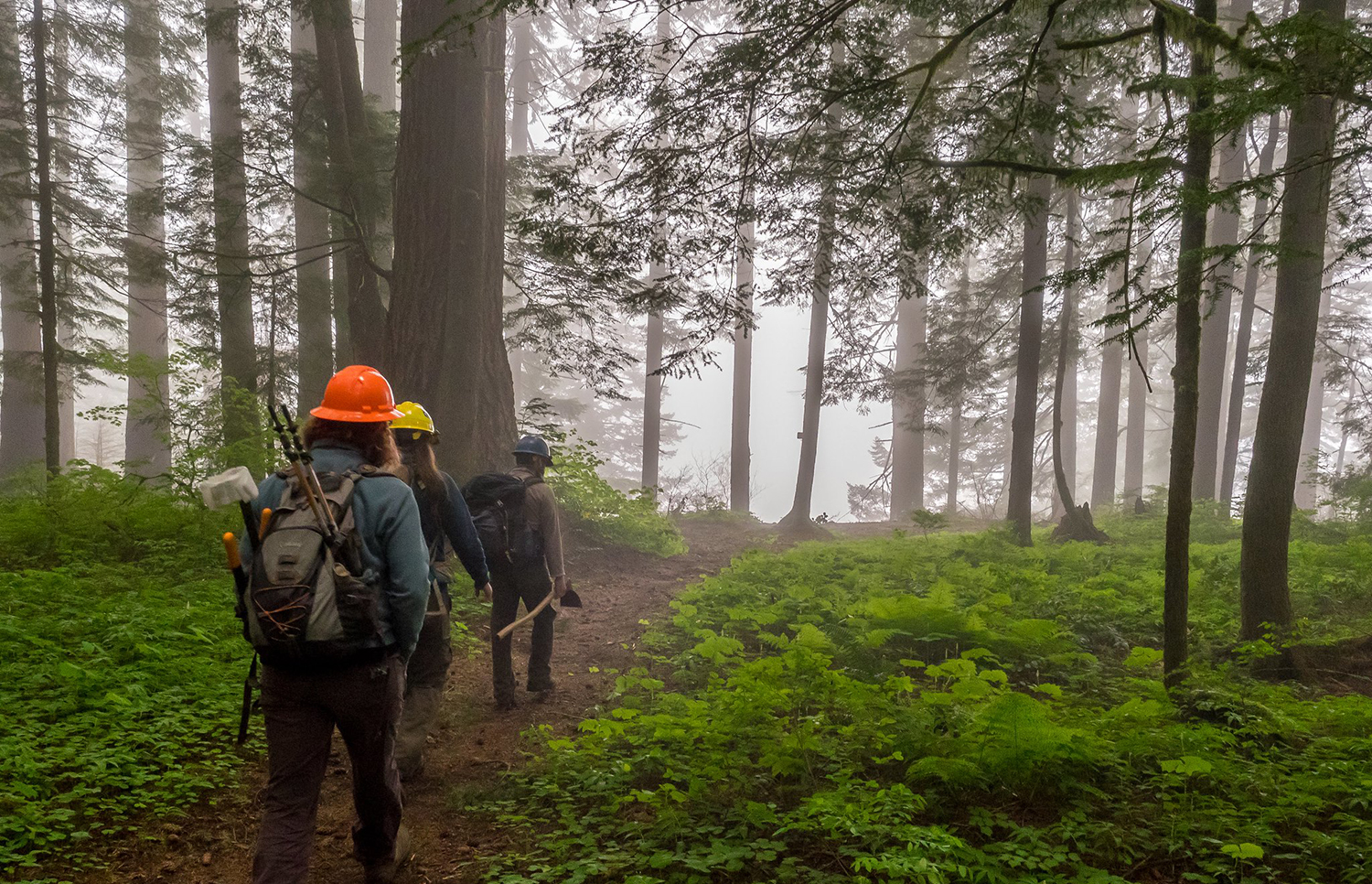
U.S. Forest Service Announces Funding to Local Businesses and Underserved Populations to Reduce Wildfire Risk
$25M Funding Opportunity to Reduce Wildfire Risk
August 6, 2024 – The U.S. Forest Service announced a funding opportunity through the Hazardous Fuels Transportation Assistance program to reduce wildfire risk, increase market opportunities, and support local jobs.
The program is available to local businesses that remove hazardous fuels from national forests and transport the material to be processed for wood products or services. Transporting the materials out of the national forest prevents them from being burned in the forests or left in place where they are subject to insects and diseases that increase the risk for wildfire.
The funding focuses on the removal of hazardous fuels with little commercial value, creating economic opportunities while improving overall forest health and resilience.
$15M to Help Underserved and Small-Acreage Landowners Access Climate Markets
August 28, 2024 – The U.S. Forest Service announced it is investing $15 million to connect underserved and small-acreage forest landowners with emerging climate markets. These investments will expand access to markets that were previously out-of-reach for underserved and small-acreage landowners to access new economic opportunities to maintain healthy working forests as pressures increase to convert forests to other uses. In California, nearly $2 million will go to the Shelterwood Collective, a 900-acre Indigenous, Black, Disabled, and Queer-led community forest and collective of land protectors and cultural changemakers.
USFS Invests $33M to Support Rural Schools & Communities
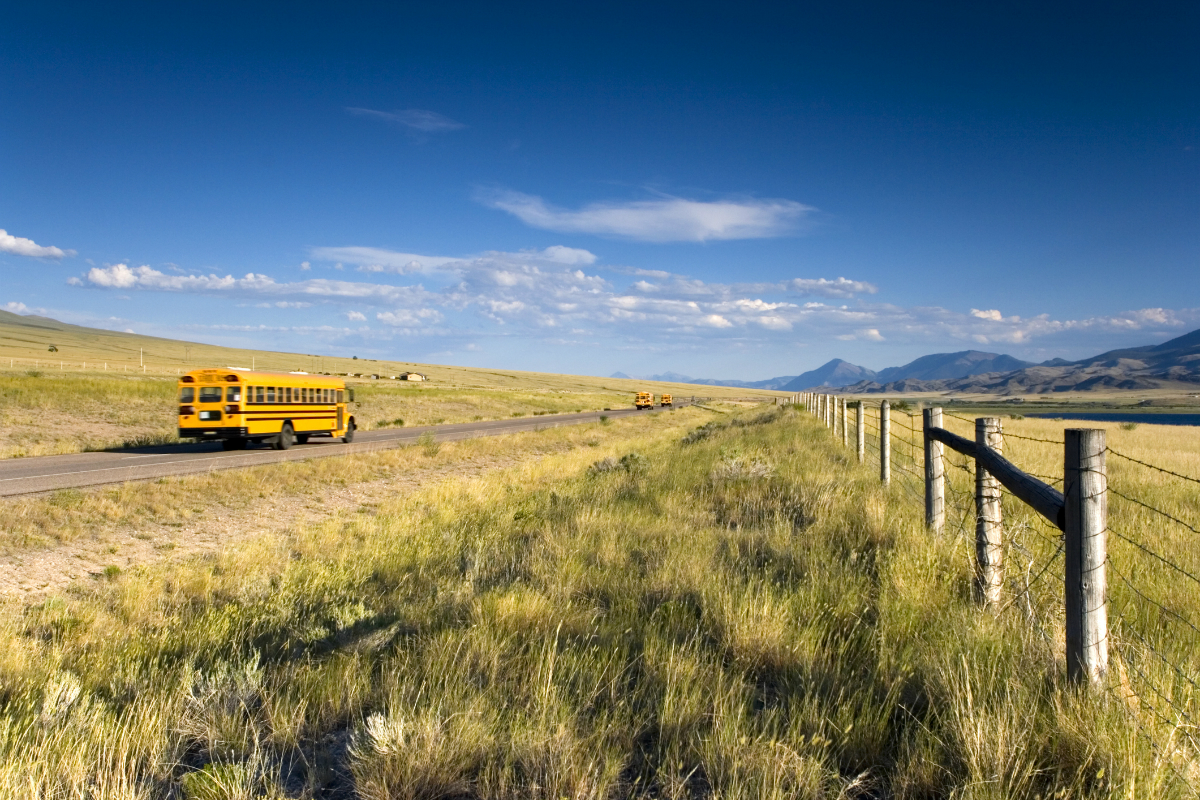
USFS Invests $33M to Support Rural Schools & Communities
On April 12, the U.S. Forest Service announced that California will receive over $33 million of a $232 million package to support public schools, roads and other municipal services through the agency’s Secure Rural Schools program. The funds support crucial public services and pave the way for more jobs. In addition to directly aiding rural schools and roads, funds will reimburse counties for national forest emergency services, and assist in creating community wildfire protection plans.
CA Climate Hub Receives USFS Region 5 Partnership of the Year Award
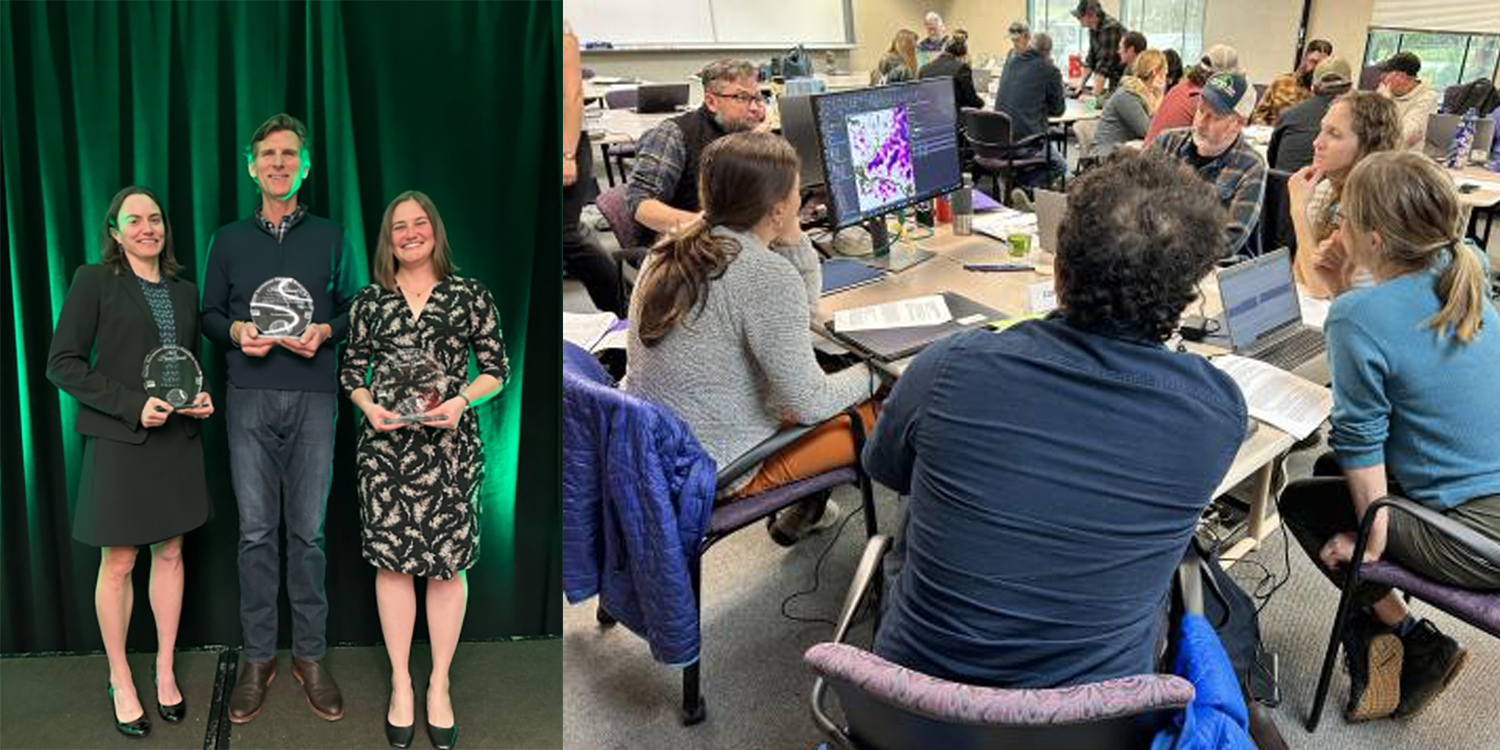
California Climate Hub Receives USFS Region 5 Partnership of the Year Award
The USDA Forest Service Region 5 awarded the California Climate Hub the 2023 Honor Award for Partnership of the Year for their efforts to develop and deliver climate literacy and web-based climate tools trainings. The trainings familiarized participants with relevant information on climate and climate models and provided hands-on experience using two web-based climate data tools: Cal-Adapt and Climate Toolbox. Additionally, the California Climate Hub has designed and delivered a series of workshops focused on the applications of the California Wildfire and Forest Resilience Task Force’s Regional Resource Kits. The most recent workshop gathered forest managers from local, state, and federal agencies at Shasta-Trinity National Forest in Redding.
CAL FIRE Funding Grants Available for 2024
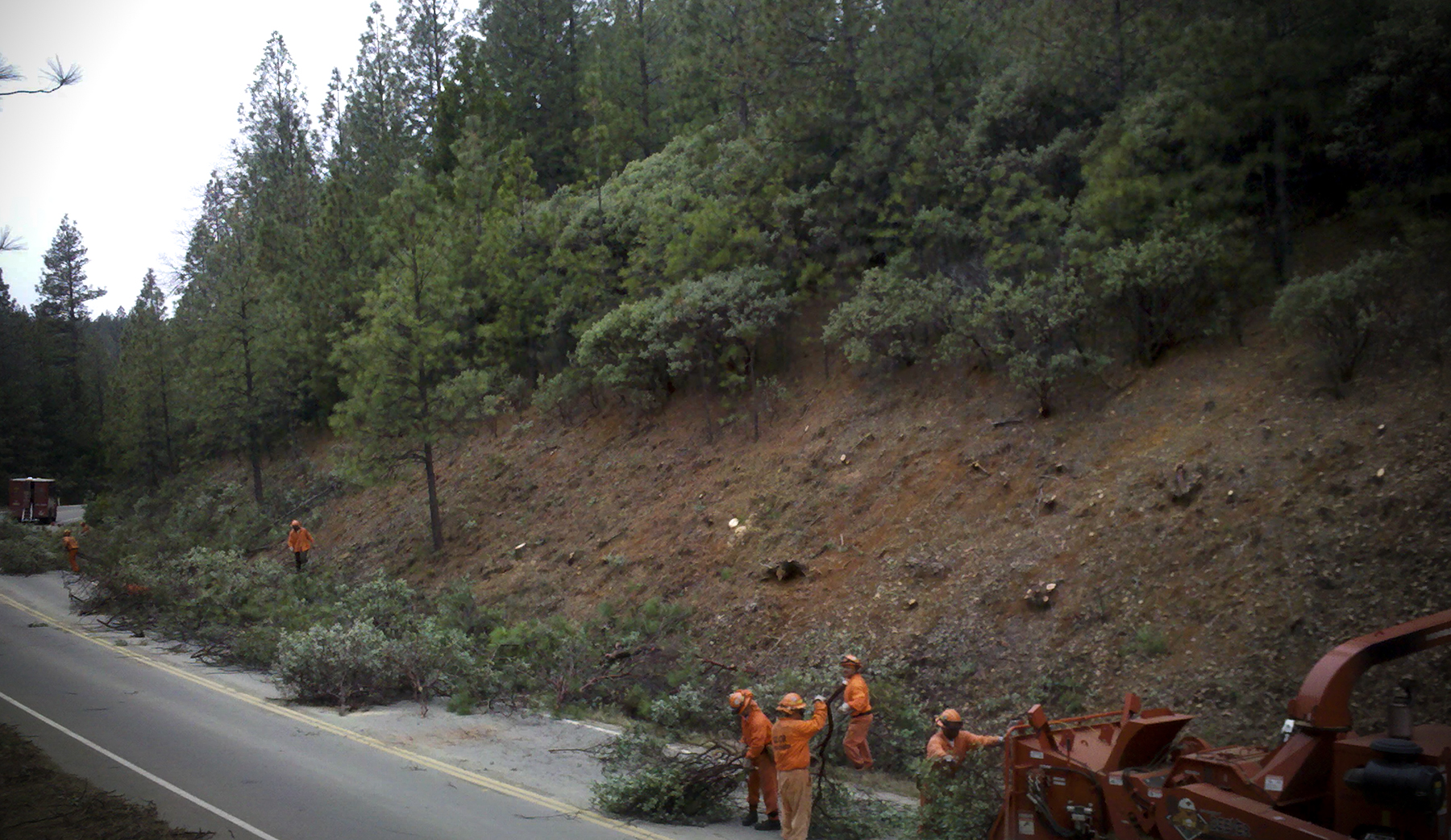
CAL FIRE Funding Grants Available
- Wildfire Prevention: CAL FIRE’s Wildfire Prevention Grant Program will award up to $117 million to local projects that address the risk of wildfire and reduce wildfire potential to communities. Applications are due January 10, 2024.
- Forest Health: CAL FIRE’s Forest Health Program will fund up to $120 million forest fuels reduction, prescribed fire, pest management and reforestation projects and $50 million post-fire reforestation and regeneration projects. View the virtual workshop. Applications are due January 15, 2024.
- Forest Health Research: CAL FIRE’s Forest Health Research Grant Program will award $4.5 million for scientific research projects that address wildfire and forest health issues critical to the State of California. Concept proposals are due January 24, 2024.
- Business and Workforce Development: CAL FIRE Wood Products and Bioenergy expects to open a solicitation for a new round of funding on January 15, 2024.

